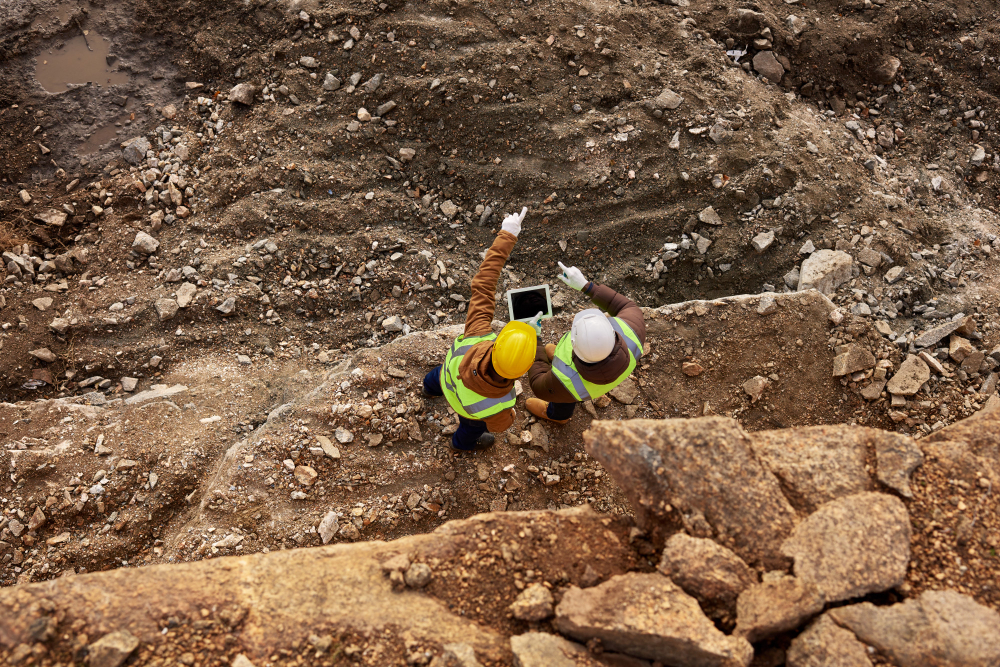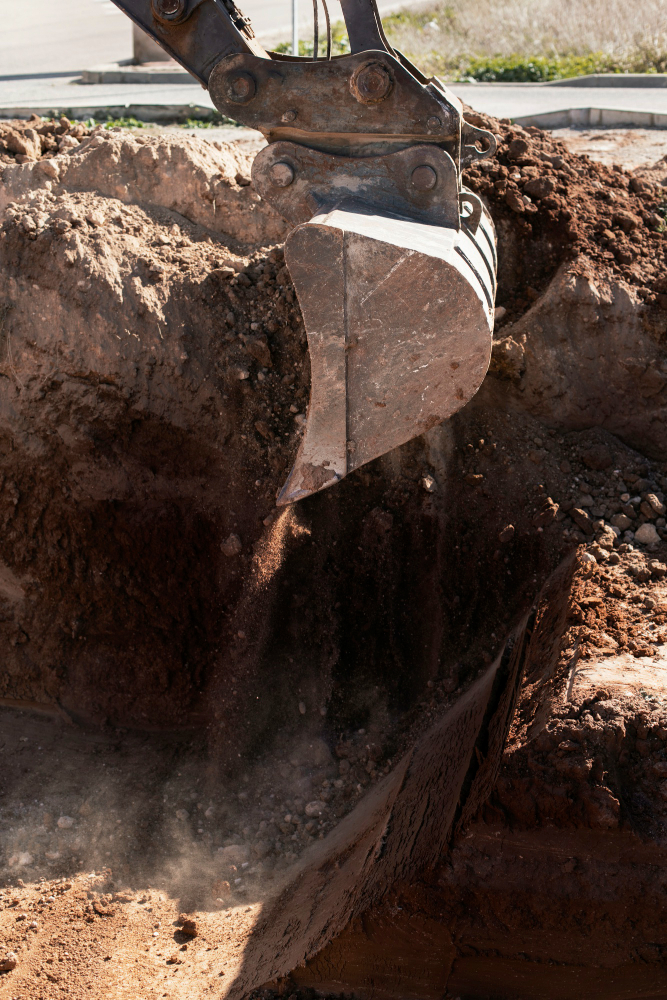Last updated on
Are you planning to embark on the exciting journey of constructing a new building? Whether it’s a home, an office, or any other structure, one of the crucial initial steps is preparing the plot of land where your dream project will stand.
Proper land preparation sets the foundation for a successful construction project, ensuring stability and longevity for your new building. In this comprehensive guide, we will walk you through the essential steps and considerations for preparing your plot of land, helping you confidently navigate the complex process.
The Role of Land Surveyors

Before you break ground on your construction project, hiring experienced land surveyors is imperative. These professionals play a vital role in assessing the topography and boundaries of your land.
Land surveyors use advanced equipment and techniques to accurately measure and map the land, providing crucial data that will inform the design and construction process. Experts who provide advisory, design, compliance, and legal land survey services to home owners, realtors, and legal teams are essential, as seen on the axiomgeomatics.ca website.
Land surveyors will help you determine the precise boundaries of your property, ensuring that your project remains within legal limits. They also identify any potential issues such as encroachments, easements, or zoning restrictions that could impact your construction plans.
Additionally, a surveyor will map out the existing features on your land, including trees, water bodies, and elevation changes, all of which are essential for site planning and design.
Soil Testing for a Strong Foundation

Once your land’s boundaries and topography have been established, the next step is soil testing. The quality and composition of the soil on your property can significantly affect the stability and longevity of your new building. Soil testing provides critical information about the soil’s load-bearing capacity, drainage characteristics, and susceptibility to erosion.
Geotechnical engineers perform soil tests to determine whether the soil is suitable for your intended construction. They collect soil samples from various depths and analyze them to assess factors such as compaction, moisture content, and composition.
Based on the results, engineers can recommend necessary soil amendments, foundation types, and construction methods to ensure a strong and stable foundation for your building.
Clearing and Demolition

After obtaining the required surveys and soil test results, it’s time to clear the land of any existing structures, vegetation, or debris. Depending on the condition of the site, this may involve demolishing old buildings, removing trees and shrubs, and clearing away any debris or rubble.
Demolition should be carried out safely and systematically, with appropriate permits and consideration for environmental regulations. Salvaging recycling materials is also an eco-friendly approach. Clearing the land creates a clean slate for your new building and allows you to address any potential hazards or obstacles that may be hidden beneath the surface.
Grading and Earthwork

Grading and earthwork are essential processes to ensure that the land is properly shaped and prepared for construction. Grading involves leveling the ground, creating slopes, and establishing the proper contours to direct water flow away from the building. This is vital for preventing drainage issues that could compromise the integrity of your structure.
Earthwork, on the other hand, involves moving and shaping the earth to meet the design specifications for your building’s foundation. This might include excavation, filling, and compaction of soil to achieve the desired elevation and ensure proper drainage.
Precise grading and earthwork are critical for preventing issues like flooding, soil erosion, and structural settling in the future.
Utilities and Infrastructure
Preparing a plot of land for a new building also involves planning for utilities and infrastructure. This includes the installation of water, sewage, and electrical systems, as well as considering accessibility for roads and parking.
Consult with utility companies and municipal authorities to ensure compliance with local regulations and to avoid any disruptions during the construction process.
It’s essential to carefully plan the location of utility connections and infrastructure to ensure efficient service delivery to your new building. Failure to do so can lead to costly delays and potential problems down the line. Proper coordination with utility providers and adherence to safety guidelines are crucial at this stage.
Erosion Control and Drainage
Managing water runoff and erosion is a critical aspect of land preparation. Proper drainage design helps protect your building from water damage and maintains the integrity of the soil around the foundation. Implementing erosion control measures is essential, especially if your land is on a slope or in an area prone to heavy rainfall.
Erosion control may involve the installation of retaining walls, culverts, and other structures to direct water away from the building site. Additionally, planting grass or vegetation can stabilize the soil and prevent erosion. This step is vital to safeguard the long-term stability and aesthetics of your property.
Preparing a plot of land for a new building is a complex and multi-faceted process, but it’s an essential foundation for the success of your construction project. By following these steps, from hiring land surveyors and conducting soil tests to clearing the land, grading, and constructing a solid foundation, you can set the stage for a structurally sound, safe, and enduring building.
Attention to detail, compliance with regulations, and careful planning at each stage of land preparation will help you realize your vision for a new, secure, and thriving structure. Good luck with your construction journey!
Related reading:
Table of Contents





